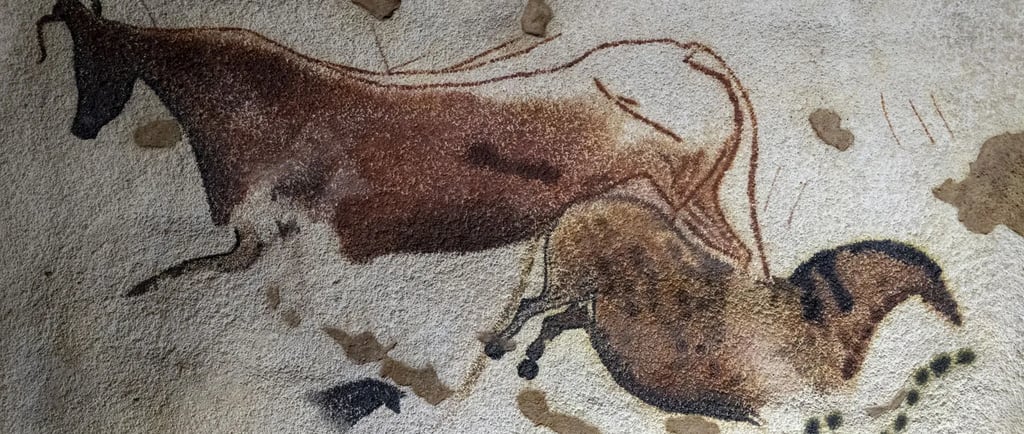Tyrion demonstrates the limitless power of the stories with this quote. He also confirms the view of Austrian philosopher Ivan Illich on stories’ effect on society; “Neither revolution nor reformation can ultimately change a society, rather you must tell a new powerful tale [...] If you want to change a society, then you have to tell an alternative story.” New stories are occasionally used to reinforce old beliefs. Sometimes, they create a new social perception by replacing the old stories. Nevertheless, you need stories to connect individuals.
Storytelling Drives Strong Emotional Investment
The stories determine almost all decisions, from political views to friend and enemy choices, smartphone preferences, and the tiniest trinkets people buy. They justify the cultural and exchange values of everything. One of the projects that proved this aspect of stories the best was by a journalist named Rob Walker in 2009. For Significant Objects, Walker purchased 200 random stuff from eBay for under $1 each. These items were indeed very insignificant—worthless gadgets, ornaments, and trinkets cost $129. Walker had 200 volunteer authors write a story for each object, and then, he put them up for sale on eBay with these stories. Among Walker’s 200 objects, a horse head figurine was the most expensive. He bought it for only 99 Cents, which was sold for $62.95. So, just one story gave this horse’s head more than 600% worth. Walker had $8,000 in his account when the items he bought for $129 were entirely sold.
Through the stories, Walker enabled buyers to emotionally invest in the objects. Thus, regardless of the actual price, the buyers compromised to spend their money thanks to the stories’ added value. One of the effects of emotional investment is that it moves people away from criticism and objectivity. For example, one of the most significant emotional investments in life is love. The stories of the objects made the buyers fall in love with these objects in a way. When people fall in love or are deeply attached to something, they tend to be less critical of the person, objects or concepts and more inclined to ignore their flaws or shortcomings—i.e., high prices or imperfections.
New Stories, New Values
Product placement is a common method to create emotional investment. However, as with any emotional investment and love interest, people’s feelings can be eroded over time, and emotions may fade. Therefore, it is necessary to revitalise the target audience’s attraction with updates or by constantly telling new stories.
Cinema is one of the most powerful storytelling media today. Movies can drastically change our perception of concepts, people, and objects. It is the strength of the story that transformed James Bond fans’ answer to the question “What is your favourite watch brand?” from Tag Heuer (1987 - The Living Daylights) to Rolex (1989 - License to Kill) in two years. In the meantime, let’s note that 007 fans have been Omega fans for a long time.
As Illich said, neither a revolution can succeed, nor a product or brand endear itself to its target audience unless powerful stories are told that sweep away previous myths and replace them with brand-new values. Because the way of emotional investment in stories is to actively involve the target audience in the story or encourage them to do so. If a person feels like a part of or is dying to be a part of a story, then a good story has been told there.
Being Part of Change with Stories
In his not-so-popular book Why I Write, George Orwell explains one of his reasons for needing to write is to “make the world a better place.”
People’s emotional investment in stories can motivate them to make the world a better place. To achieve that, the stories should make people feel a sense of connection or ownership. Google initiated the Bay Area Impact Challenge in 2014, setting an example of stories’ inclusive power. The company announced it will donate $5 million to 10 regional NGOs. However, instead of choosing how much to contribute to which NGOs and creating a success story of its own, Google asked local people to select the NGOs. Google offered 10 NGOs working in different fields, from health services to education, the opportunity to tell their problems on interactive boards in various regions of the Bay Area. The people gathered before the boards voted for the NGO they wanted to donate to and provided social communication and interaction by exchanging ideas. In a sense, if Google was the story’s author, the people of the Bay Area were its protagonists. The society embraced this story of change and transformation and felt that it directly contributed to the province’s development. In less than four weeks, 400,000 people living in the region voted for the NGO they wanted to donate from the interactive billboards prepared by Google. Billboards have become places where people engage in dialogue—some sort of modern agoras where they were involved in the Bay Area’s transformation, have become part of a story of change and could observe its results.
Good Story Moves
A story doesn’t always have to offer an opportunity for transformation to engage its listener (or viewer). Fulya’s Revenge, prepared by ParaMarka for GittiGidiyor, one of Turkey’s best-ever viral campaigns, is an example of how powerful stories can move audiences. Pathos in Fulya and Mert’s story is a conflict-trigger element that is the foundation of almost every love triangle–themed story. The video not only increased GittiGidiyor’s sales and new members. Dozens of parodies of the video were shot. The video, which received thousands of comments and shares, turned into a phenomenon that increased social interaction. Thus, it created a community where people exchanged ideas and creatively shared their perspectives.
The effect of a good story is always the same, no matter in which medium or form it is told. It brings people together, becomes a shared value and triggers social interaction. This is precisely why I always put story and insight at the centre of my content. I aim to establish genuine and sincere communication, add value, and strengthen the bonds between individuals that make communities.




